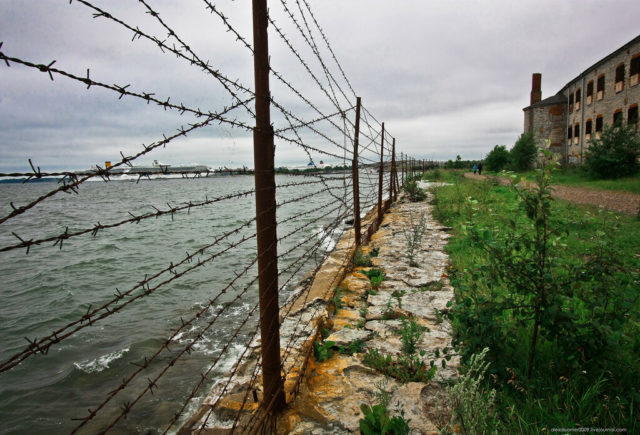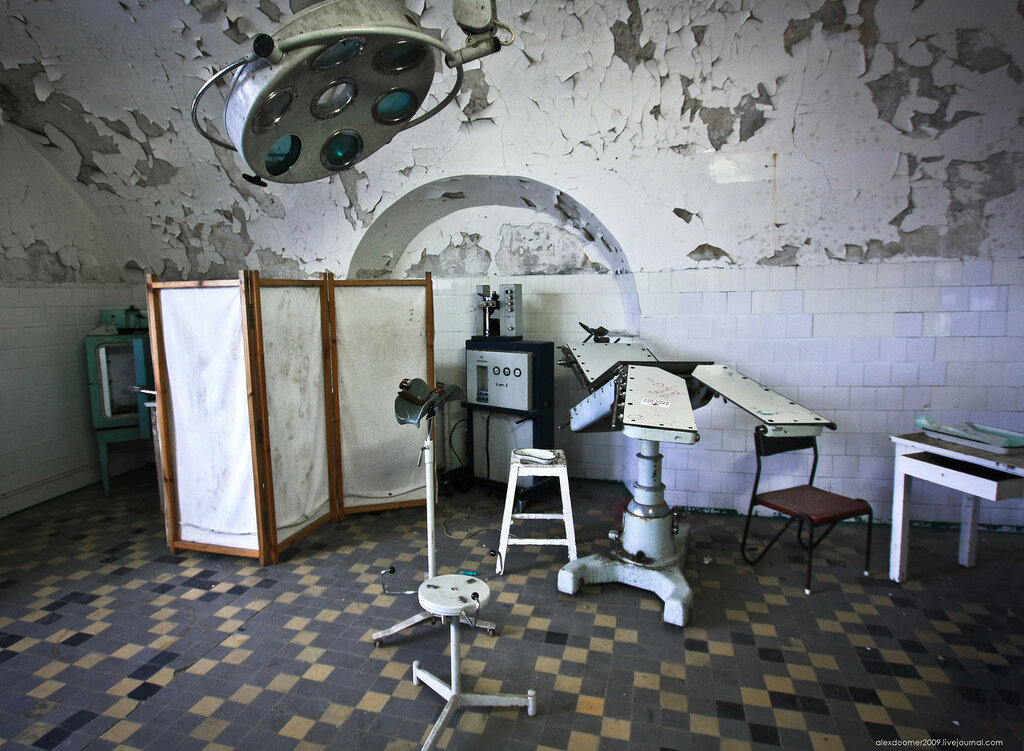Not all tourists who come to Tallinn are aware that the ghost naval fortress, also known as Patarei Prison, has a dark history. Currently, this place is open as one of the most original and unusual museums in the whole of the Baltic.
Patarei Prison is located on the shore of the Baltic Sea near Tallinn, Estonia. This abandoned prison is the only surviving place in Estonia built in the Classicist style. It stands exactly as it did when the last prisoner left it, including having magazines in the cells and cotton swabs in the infirmary.
Russian Emperor Nicholas I ordered the construction of a triangular naval fortress at Tallinn in 1828. The project was completed in 1840. The fortress consisted of living quarters and a hospital, and its original capacity was 1,000 people.
At the time of its construction, the former fortress was the largest strategic building in Estonia.
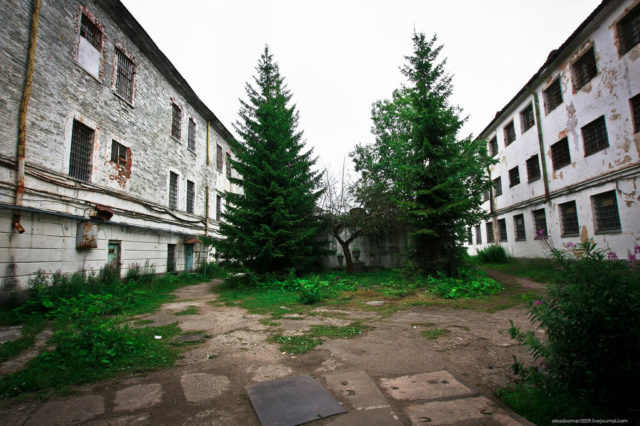
After opening, the fortress was used as part of the defensive system to protect the Baltic borders against possible attacks from the sea. However, there turned out to be no military threat from this direction. As a result, in 1864, the Patarei fortress was converted into ordinary soldiers’ barracks.
This place functioned as a barracks and warehouse for storing army supplies until 1920.
After that, the government of the independent Republic of Estonia, which was created in 1918, decided to convert the barracks into a central state prison since the two prisons in Tallinn were burned down during the First World War. The first prisoners arrived at the prison in 1920.
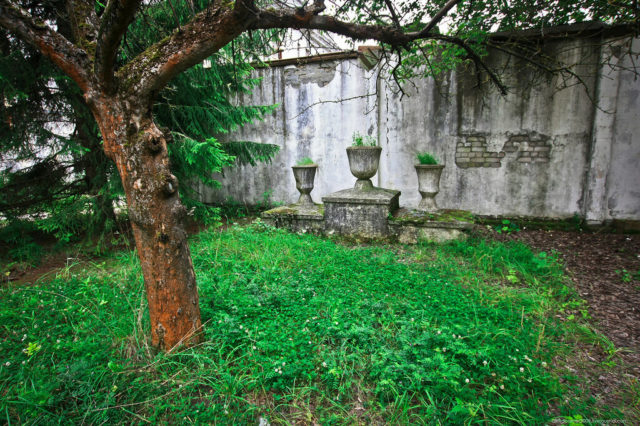
In 1940, Estonia was occupied by the Soviet Union. Patarei prison began to function as a Soviet prison. During World War II, about a thousand French Jewish men were imprisoned there, although only 22 of them ever walked out of the doors again. Outside the prison, you can find memorial plaques to all those who did not survive.
During World War II, about 5,000 prisoners were incarcerated at Patarei – five times more than the total capacity of the prison. After the end of World War II, not a single prisoner was released.
During the Soviet occupation, 45,000 citizens and residents of Estonia were accused and were incarcerated. Most of them were imprisoned in Patarei, making this prison a symbol of Soviet political terror.
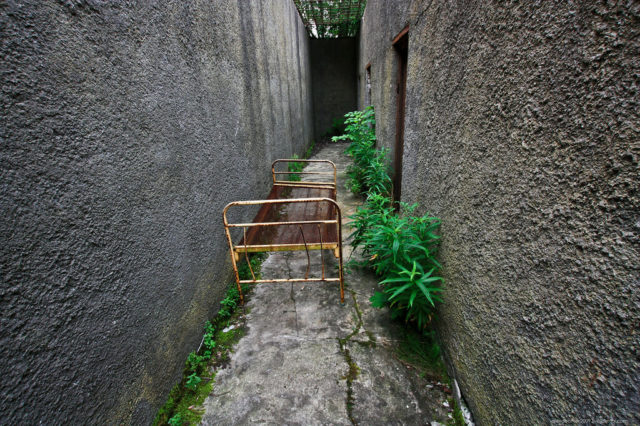
In 1991, Estonia seceded from the Soviet Union and regained its independence. The Estonian government then began the construction of a new prison. However, due to some delays in the construction of this new institution, Patarei was not closed until 2002. The hospital associated with the prison remained open a further three years.
The prison is currently in the same state as it was on the day it was abandoned. Various items owned by the prisoners are still in some of the rooms, although thieves have taken materials and other objects.
Since the state has not allocated funds for reconstruction, the prison-fortress is suffering from erosion. There were plans to convert the building into an amusement park or a branch of the Art Academy, but none of these plans were ever realized.
In 2016, the former prison was included in the list of Seven Most Endangered by Europe Nostra because it would be irreparably damaged if left in its current state. The Estonian Heritage Council has announced that the fortress is in danger of collapse if no maintenance is carried out. The harsh climate also contributes to the building’s deterioration.
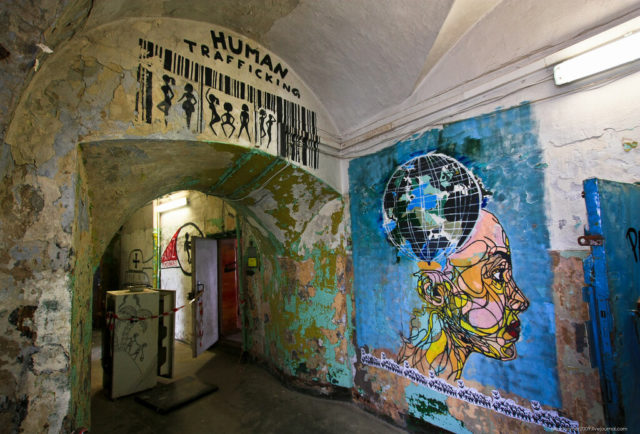
The whole complex is under the control and protection of the state. It is considered an architectural monument.
A large number of tourists visit this abandoned prison every year, and tickets are sold for tours where visitors have the opportunity to visit prison cells, a punishment cell, the neuropsychiatric dispensary, the roof walkways of the guards, and a cellar.
In early 2019, the Estonian government put up this historical complex for sale. The starting bid was set at 4.5 million euros. The last day of submitting applications for the auction is November 12, 2019. The auction spanned six months so that potential buyers could have a chance to get acquainted with the building and the conditions of sale.
It appears that the buyer of the site will have pressure put on them to develop a project called “Communism is a prison,” the purpose of which is to preserve the prison environment and set up a museum to inform visitors about communist ideology and the crimes associated with it.
A big thank you to Alexey Grachev for providing these beautiful photographs and his LiveJournal blog for such amazing stories!
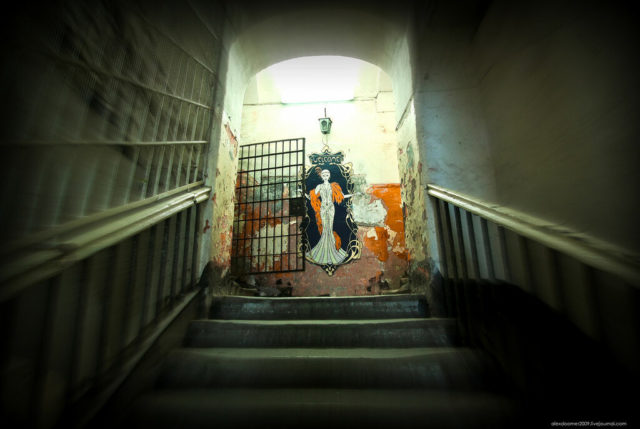
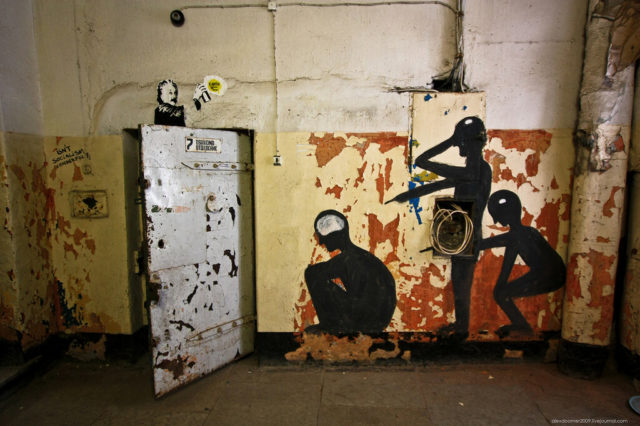
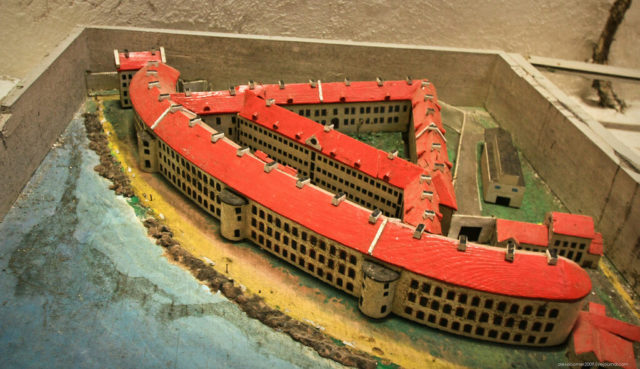
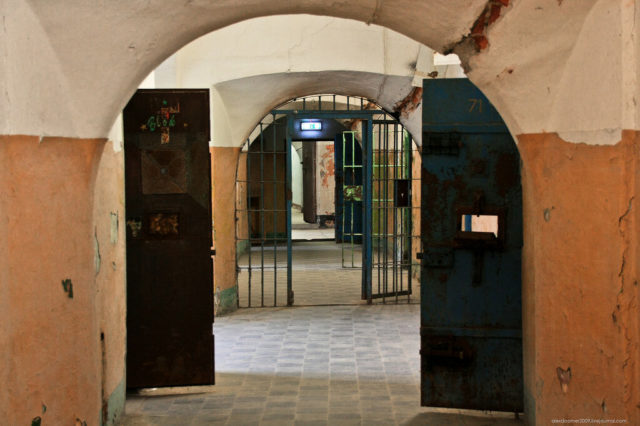
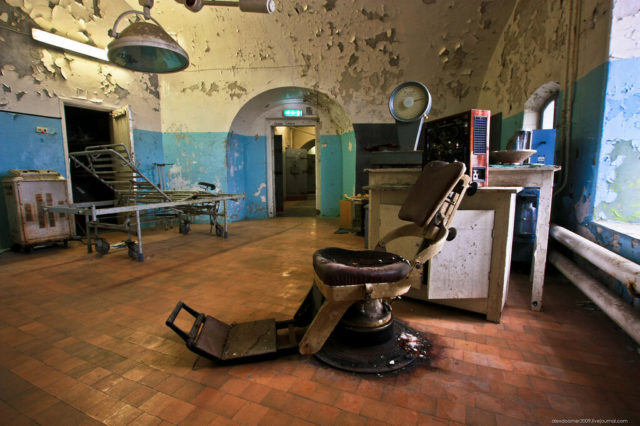
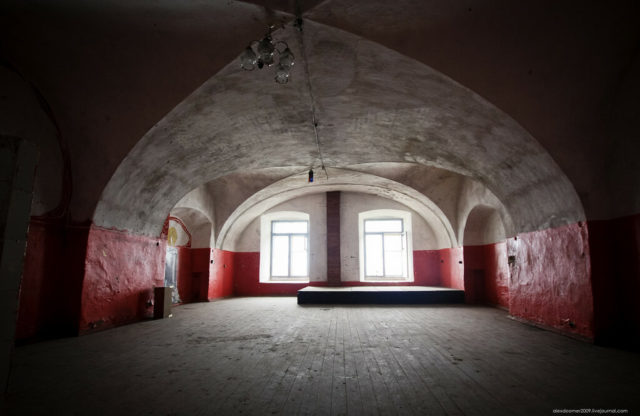
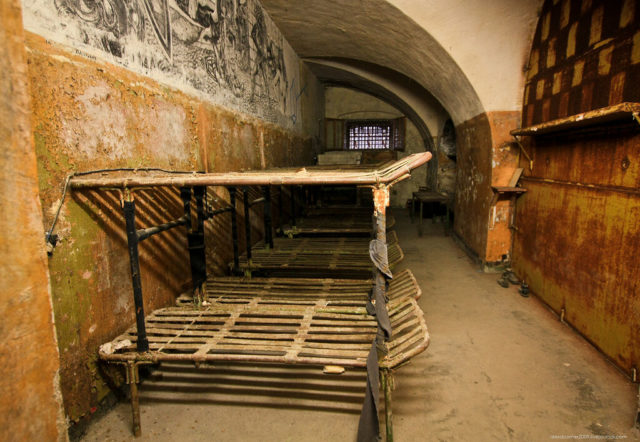
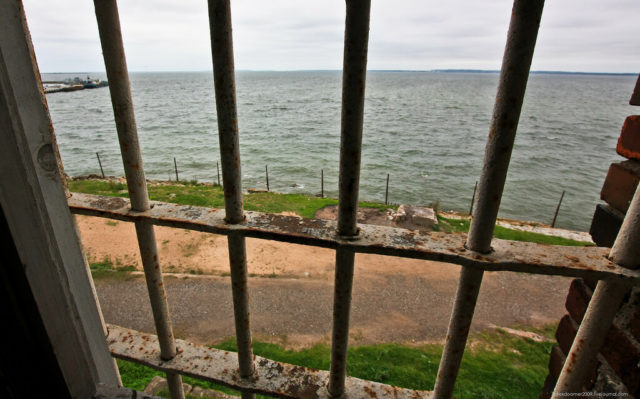
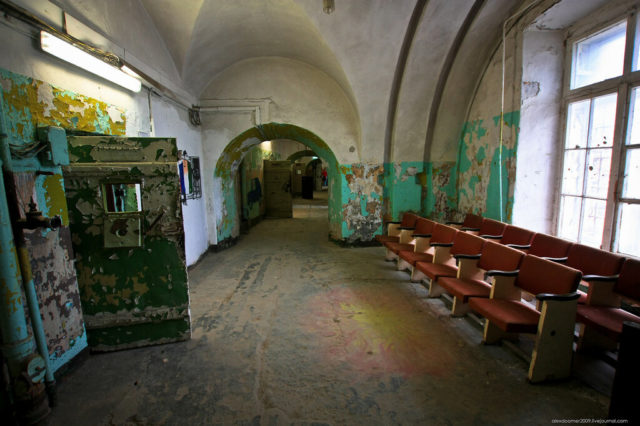
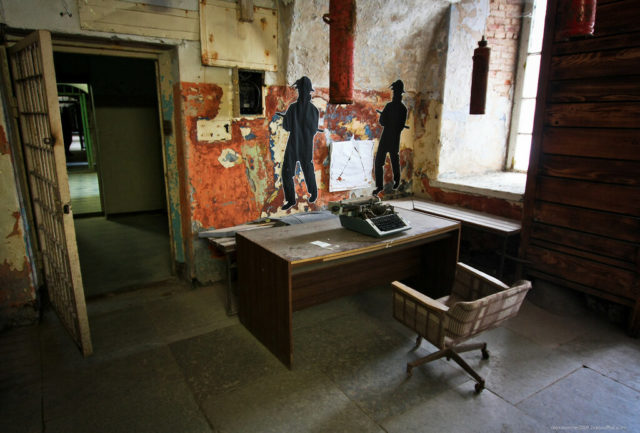
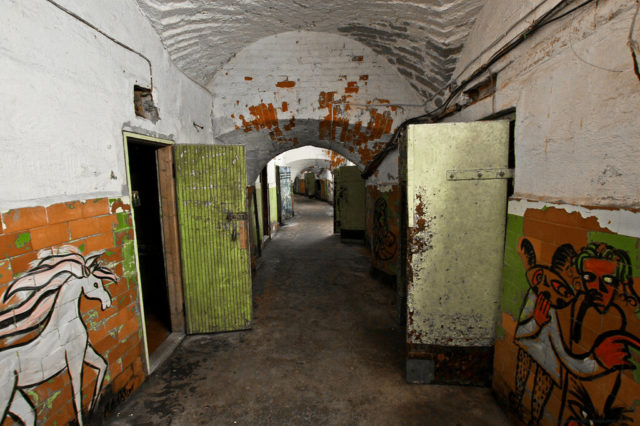
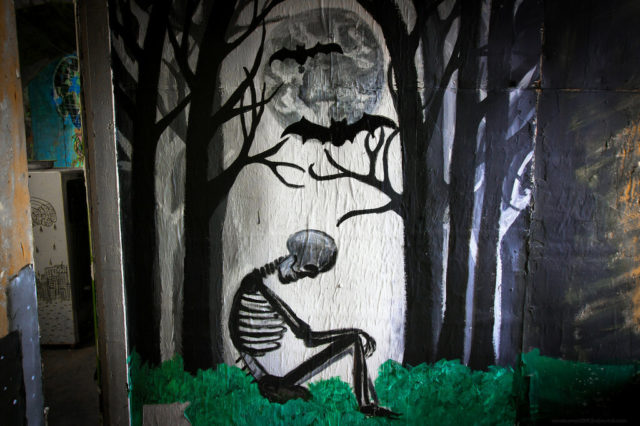
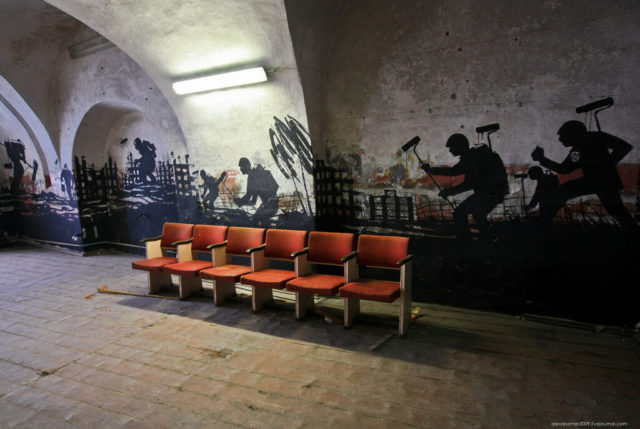
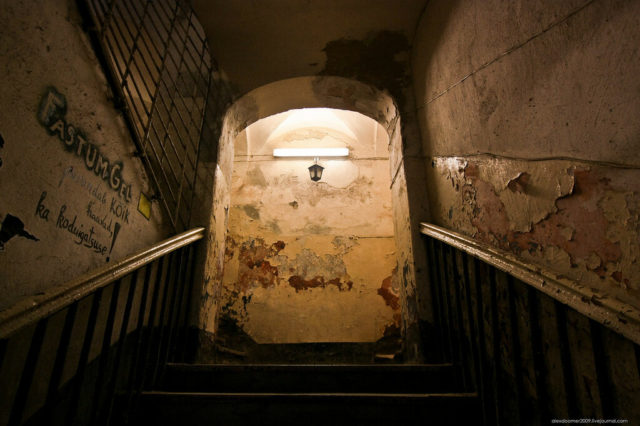
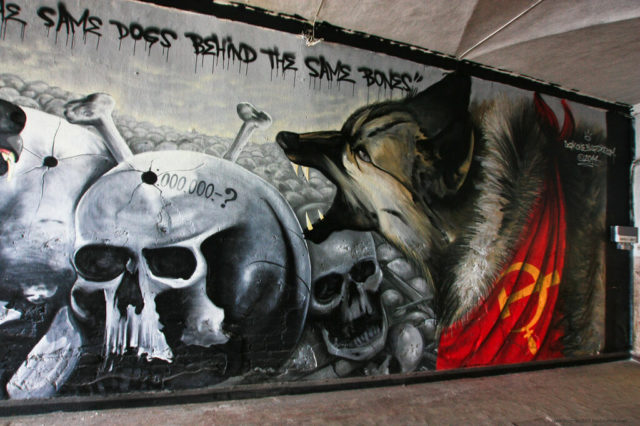
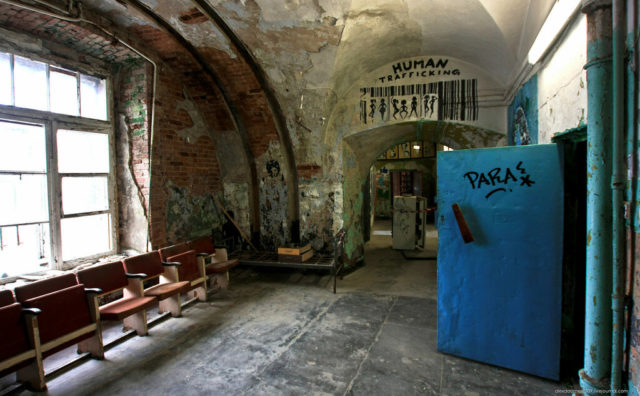
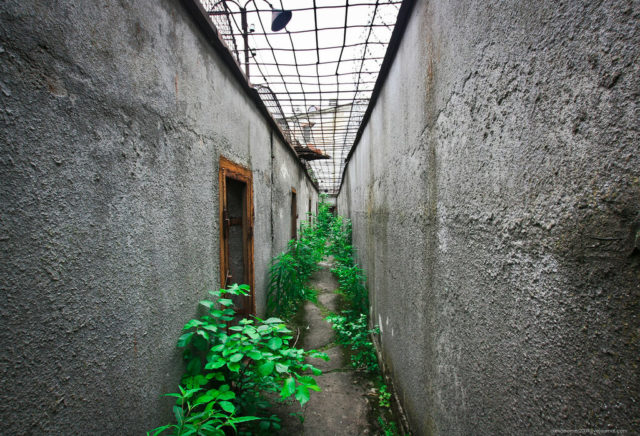
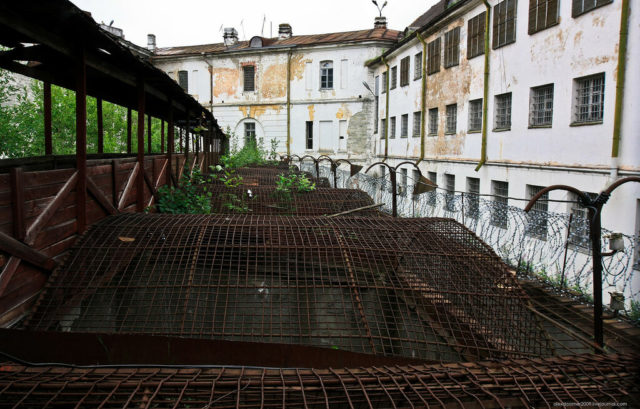
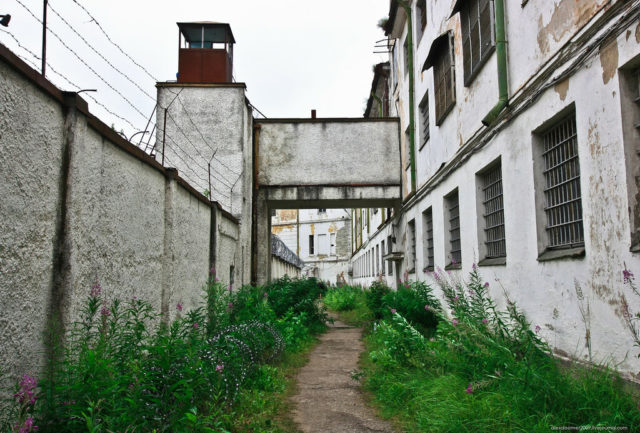
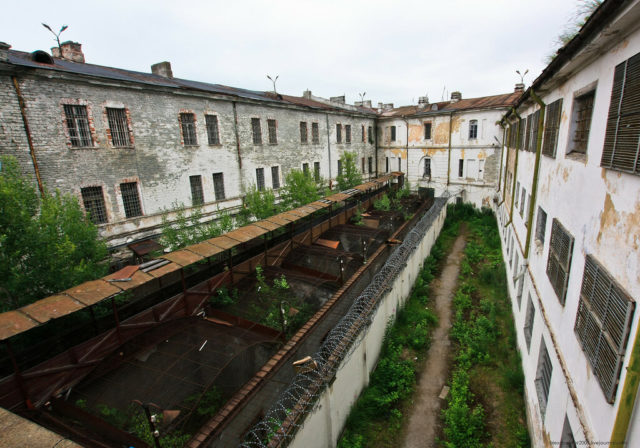
Another Article From Us: The beautiful Variety Theater, Cleveland, Ohio
